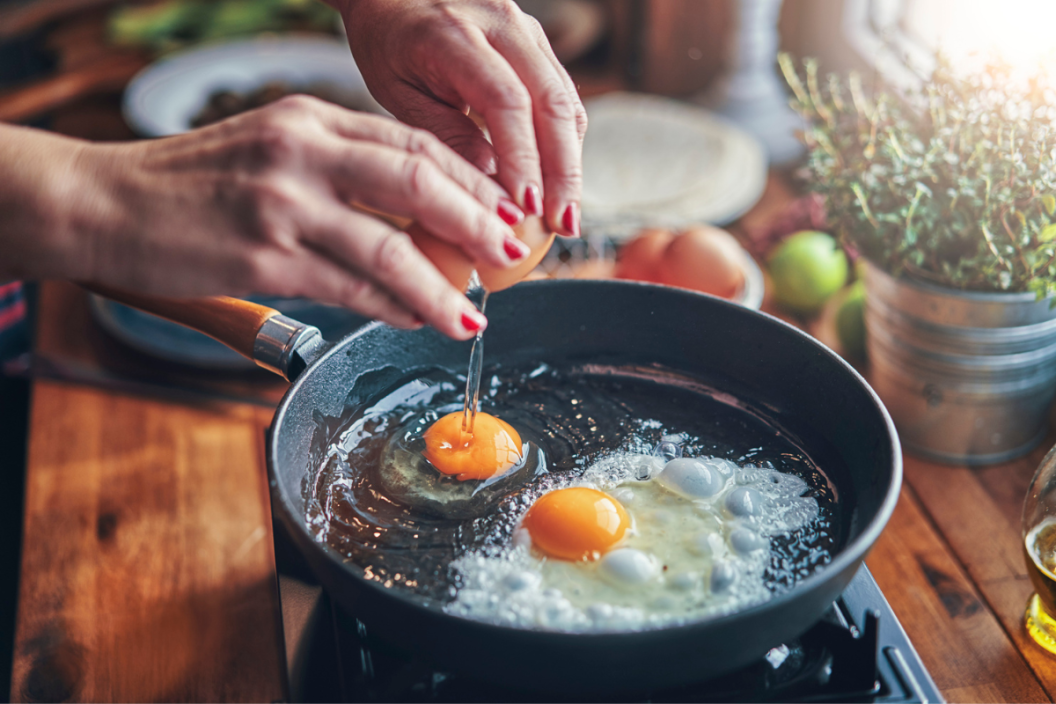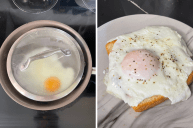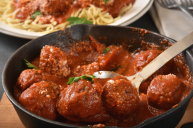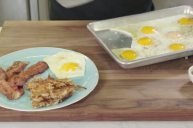You've probably eaten your fair share of scrambled eggs and French omelets at your favorite brunch spot. Fried eggs often make an appearance on top of a decadent burger or avocado toast.
Videos by Wide Open Country
Cooking a perfect fried egg is an art form that is often overlooked. A crispy egg with a beautifully runny yolk is the perfect way to start any morning. Fried eggs might not be as fancy-looking as an omelette, but the taste and texture of a crispy egg are unmatched.
There are four main types of fried eggs, each with a different level of doneness.
Those who like their eggs the least done would prefer a sunny-side-up egg. This egg is fried yolk-up and is not flipped. Over easy eggs are cooked the same, except the egg is flipped over. Both result in a runny yolk.
An over medium egg is flipped and cooked until the yolk is only slightly runny. An over well egg is flipped and cooked until the yolk is hard.
Whichever style you choose, we're going to walk you through the steps to ensure the perfect fried egg every time.
How To Keep Eggs From Sticking to a Cast Iron Skillet
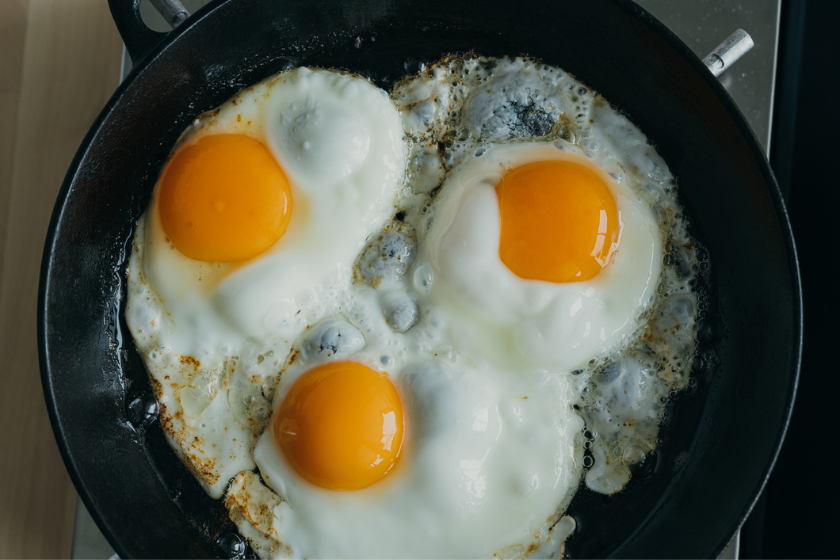
One of the fears with cooking an egg in a cast-iron skillet is making sure they don't stick. The main way to prevent sticking is to make sure your pan is heated and oiled correctly.
Cast iron pans are naturally non-stick, so long as they are seasoned correctly. Before cooking the eggs, you'll want to make sure to use hot oil or melted butter to grease up the pan.
The key to getting the eggs to not stick is to make sure your pan is preheated on medium-low for about 5 minutes. This creates even heat, which is essential to getting the perfect cook.
You'll know you have the correct temperature when you splash some water on the pan and it sputters when it hits the pan. If it immediately evaporates, your skillet is too hot.
The best oils to use for cooking in the skillet are canola oil, vegetable oil, coconut oil, bacon fat, or butter. You can also use olive oil, which will result in extra crispy edges.
Benefits of Cooking With Cast Iron
Cast iron cooking has several benefits, including health benefits. You can use less oil when cooking with cast iron. Less oil equals slightly less cholesterol and saturated fat, which is a win!
One of the major benefits of using cast iron over Teflon or other non-stick pans is the amount of heat a cast iron can handle. You can crank that baby up without having to worry about parts of the pan chipping away or melting.
How To Cook Eggs on a Cast Iron Skillet
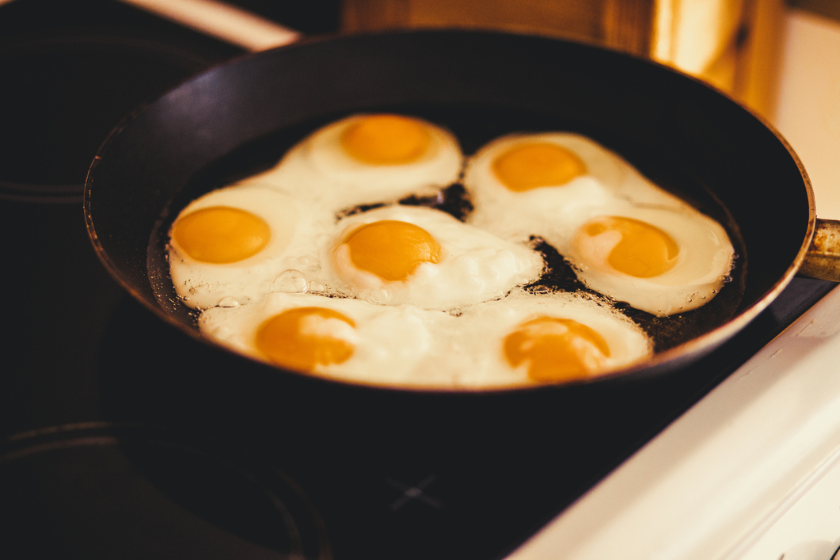
It is extremely easy to fry an egg on a cast-iron skillet. The total time is less than 5 minutes, including prep time and cook time. The cook time will vary slightly depending on your desired doneness for the egg.
Place the cast iron pan on your stovetop over medium-high heat. Once the pan is hot, add your oil or butter and swirl.
For one serving, crack one large egg into the pan. Make sure to crack the egg on a flat service to prevent egg shells from falling into the pan. You can cook up to two eggs in one skillet at one time.
Some egg recipes suggest pouring some water around the egg white and covering the eggs with a lid. For a runny egg yolk, cook two and half minutes before sliding it onto a plate and devouring.
